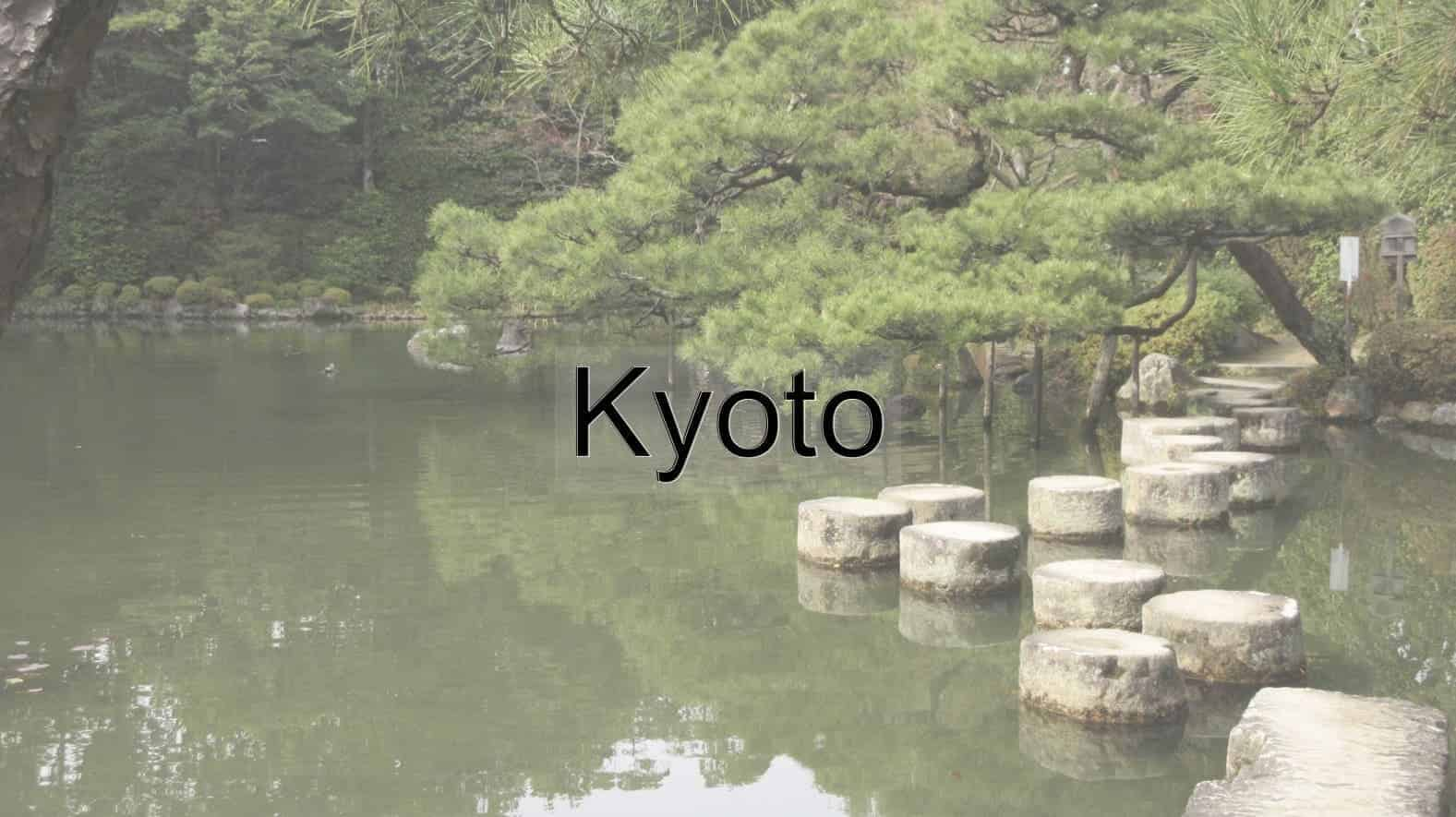Kansai Region
The Kansai region of Japan is located on 本州 (honshū), the country's largest island. This unique region, made up of six prefectures—Kyoto Prefecture, Osaka Prefecture, Hyogo Prefecture, Nara Prefecture, Wakayama Prefecture, and Shiga Prefecture—cannot be easily summarized in a few words. This region is home to numerous UNESCO World Heritage Buddhist temples, Shintō shrines, castles, and so on. It is also renowned for its vibrant, outgoing locals and many foods enjoyed across Japan that originated here.
This area of Japan is not only an ideal place to experience a wide variety of traditional Japanese culture, but it is also said to be the birthplace of Japan. 伊邪那岐命 (izanagi-no-mikoto) and 伊邪那美命 (izanami-no-mikoto) were the two deities believed to have created the country. Their first creation was the island of 於能凝呂島 (onogorojima). There are various theories about its exact location, but it’s widely speculated to be on Awaji Island, Hyogo Prefecture. Because of this, Izanagi Shrine—located on this island—is dedicated to these two deities and is believed to be one of the oldest, if not the oldest, Shintō shrines in Japan.
Tokyo is the capital of Japan. This prefecture has definitely become the center of Japan; the country (pretty much) revolves around it. However, this describes only modern Japan. Tokyo wasn’t always the political center. Initially, the Kansai region held this position. From 694 to 784, Nara Prefecture was the political center, then from 794 to 1869, Kyoto Prefecture served as the capital. Because of this long history, the region boasts a rich heritage. Various aspects of traditional Japanese culture and performing arts, such as 茶道 (chadō—the art of the tea ceremony) and 落語 (rakugo—traditional Japanese comic storytelling), originated here. Many people might picture this region as mainly characterized by traditional Japanese buildings. However, a closer look at Japan’s history shows that the origins of Japanese culture are deeply embedded here. It’s no exaggeration to say that this area is the most important part of Japan.
A Japanese food originating in the Kansai region is お好み焼き (okonomiyaki). While Hiroshima Prefecture also has a version by the same name, its appearance and flavors differ slightly. To distinguish the two, the Kansai variety is often called 関西風 (kansai-fū, or "Kansai style"). The batter, similar to a pancake, contains ingredients such as cabbage and meat. It’s cooked on a hot plate, and many restaurants in this area feature a hot plate on each table, allowing diners to cook the dish themselves—a key part of its charm. Once cooked, it’s topped with mayonnaise, dried bonito flakes, and finely chopped dried seaweed. This dish pairs perfectly with alcohol, making it a great snack.
The Japanese language contains many regional dialects, known in Japanese as 方言 (hōgen). The Kansai region, for example, has its own distinct dialect. The Kansai dialect is somewhat unique among Japanese dialects because it is frequently heard outside its home region, including in the Kantō region. Many Japanese actors, actresses, and entertainers hail from the Kansai region, so when one turns on the TV, one will often encounter shows with participants speaking the Kansai dialect rather than standard Japanese. Influenced by these well-known figures, people from other regions can understand the Kansai dialect (to a certain degree). In fact, some words from the Kansai dialect have become widely used throughout Japan.
When many people envision Japanese tradition, they likely associate it with the Kansai region. While much of Japan’s history and tradition reside here, this area also has a significant impact on modern Japanese culture. As the comedy center of Japan, Osaka Prefecture, in particular, is famous for its residents who love telling jokes. People from this region are generally cheerful. Unsurprisingly, many of Japan’s comedians and entertainers hail from here. Beyond comedy, the region is also home to companies like Kyoto Animation, which produces many popular Japanese cartoons. The Kansai region encompasses all aspects of Japanese culture, making it a region rich with attractive elements.
The Kansai region is rich in traditional Japanese culture. Those interested in Japanese history and culture will love this area. Many places here still preserve traditional Japanese landscapes. Experiencing these beautiful settings will surely inspire everyone to learn more about Japan’s traditions. With its fascinating history and excellent food, anyone who visits is sure to have a wonderful trip. Thanks to convenient public transportation, sightseeing around the region is easy. When next in Japan, be sure to visit this region and discover what makes it such a charming part of the “Land of the Rising Sun”.
